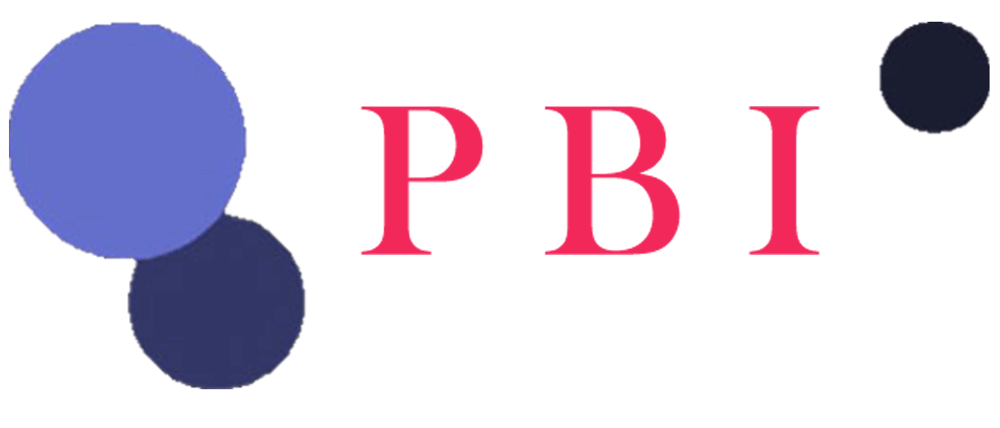The mobile app design process includes every element of creation, from ideation to user research, solution definition to accessibility requirements, app flow to evaluating impact. But it also includes aesthetic elements like color selection and fonts. Mobile app design focuses on making apps look and feel great so that users come back to them. At its core, mobile app design applies UX and UI in symbiosis as the drivers of engagement, retention, and increased profitability. No-code platforms, like AppMaster.io, enable users to build mobile apps without writing any code.
Explore the App Design Course Catalog
Two fundamental elements drive the quality of mobile app design – User Experience (UX) and User Interface (UI). And since the quality of input into UX design can determine an app’s success, UX must take center stage. Mobile users hold high expectations of their apps, so designers must include the best elements of UI and UX in any mobile app design process. And such elements can range from fast loading times to easy usability and positive interaction. Designing a mobile app is a dynamic journey that fuses aesthetics with functionality. Remember, your journey doesn’t conclude with the app’s launch; it’s an ongoing process of enhancement and refinement to provide a top-notch user experience that keeps your audience engaged and satisfied.
Content Marketing Specialist
Consumers spend many hours every day online checking email, using social media, reading news, and shopping. So, digital marketing is about utilizing digital technology to achieve marketing objectives. There is no essential need for digital to always be separate from the marketing department as a whole, as the objectives of both are the same. However, for now, it remains a useful term because digital requires specialist skills to utilize digital technology effectively. We have put together this new visual definition summarizing all the digital activities that need to be managed across the Smart Insights RACE Framework. It’s used in the new, 6th edition of Dave’s digital marketing book.
This approach builds community and establishes your professional authority on the platform. When using LinkedIn, it’s important to engage thoughtfully and be intentional about the connections you’re making. Wise highlights that while casual interactions like “Congratulations” comments are fine, meaningful engagement should be the goal. The focus is now on content that delivers real depth and authenticity. With Google’s updated EEAT guidelines, first-hand experience is now a key factor in ranking quality content.
This would be a great time to give them a basic walkthrough and explain some of the mechanics of the app, but we’ll save that for another day. “Business owners know about the importance of having a mobile presence and we’ve seen how the demand of app designers has been increasing in our site. I really like the idea of giving the user extra information before they accept push notifications. This keeps inline with the common design principle of keeping the users in the loop by making sure they understand why they are giving me these permissions. I took a quick look at some onboarding teardowns to see how other apps handle asking the user to enable push notifications. The structure principle is concerned with overall user interface architecture.
More from the blog
As a social media agency, your online presence should be consistent and strong. Remember, each channel needs its own content and strategy so think about that before you open 20! Planning ahead is super important, so you should always create idaak infotech a social media calendar to guide your social media marketing strategy. In the early 2010s, starting a social media marketing agency would have been a dream. In this article, I’m insights and hard-won lessons about how to start your social media marketing agency.
A bespoke design is crucial because it helps build branding, improves user experience, sets the app apart from rivals, customizes functionality, and maintains consistency across platforms. You can develop a mobile app that is aesthetically pleasing, user-friendly, and in line with your business objectives by using a step-by-step process and considering user wants and preferences. It reduces cognitive load, which ultimately makes the apps easier to use and improves engagement. By simplifying screens and minimizing complexities, designers can create intuitive interfaces. This ultimately leads to increased user satisfaction and retention rates—and, therefore, greater app success. With a better idea of the importance of mobile app design, let’s move on to discuss some of the steps needed for successful mobile app design and development.
This principle is extremely important in mobile design because you don’t want to create too much complexity for the user at one time. One good example is a step-by-step checkout flow in an e-commerce app, where the designer breaks down a complex checkout task into bite-sized chunks, each requiring user action. Based on their research findings, designers can conceptualize the app, define its goals, and ideate on its features. Research also helps designers create user personas, user stories, and user flows to help guide the design process. User-centric designs are based on a deep understanding of user needs, preferences, and behaviors. To develop user-centric designs, UX designers must involve users throughout the process—from the research and ideation phases to prototyping and testing. User research and iterative testing are critical parts of the process.
